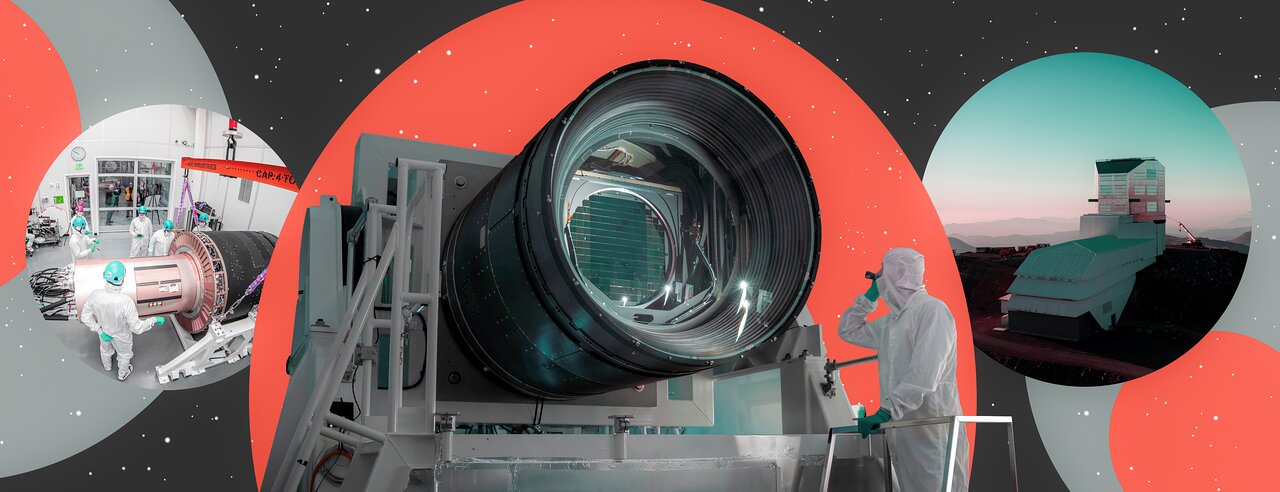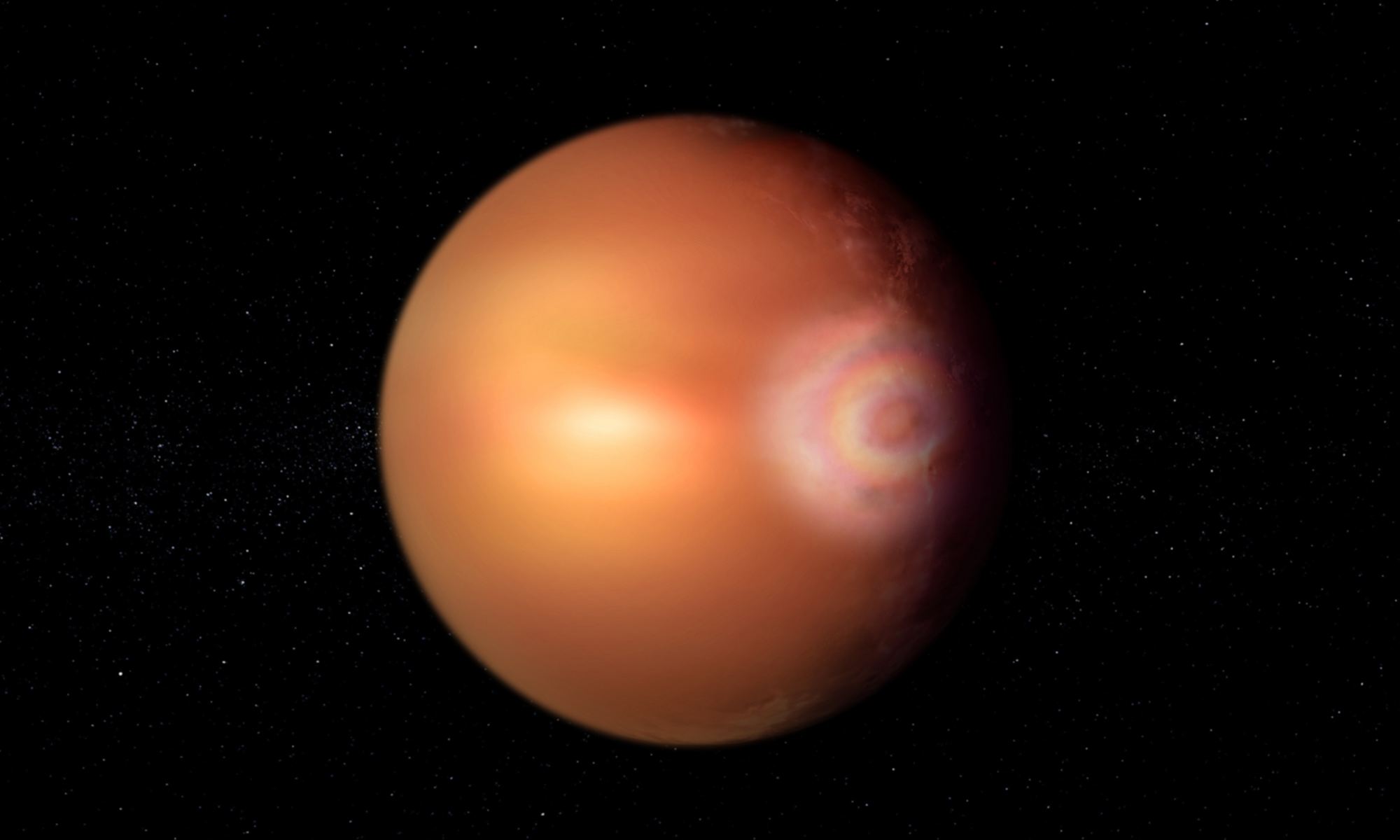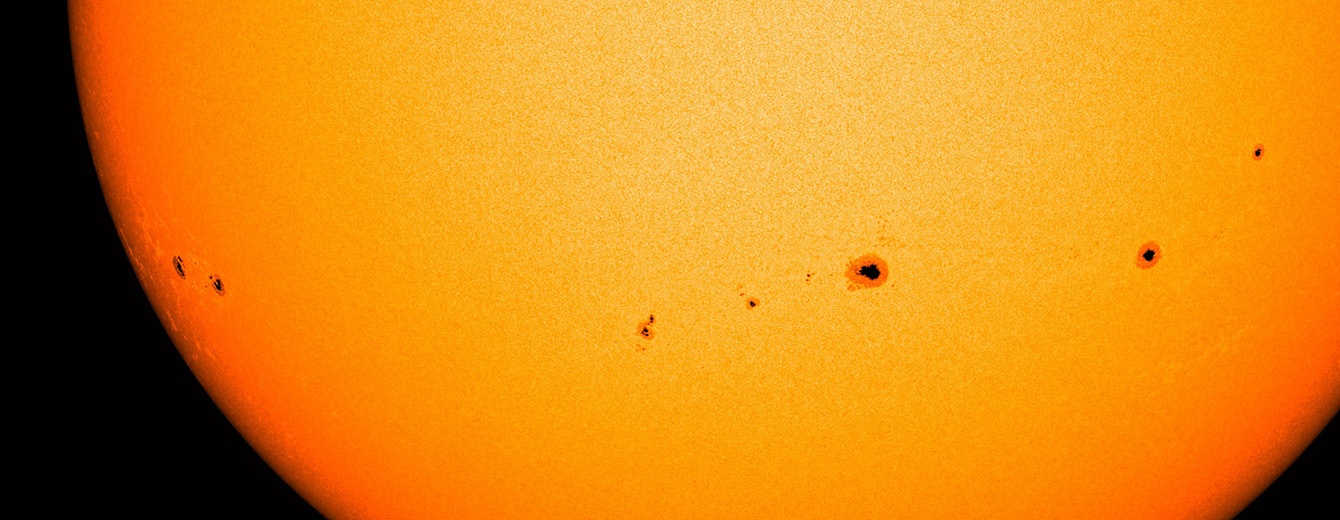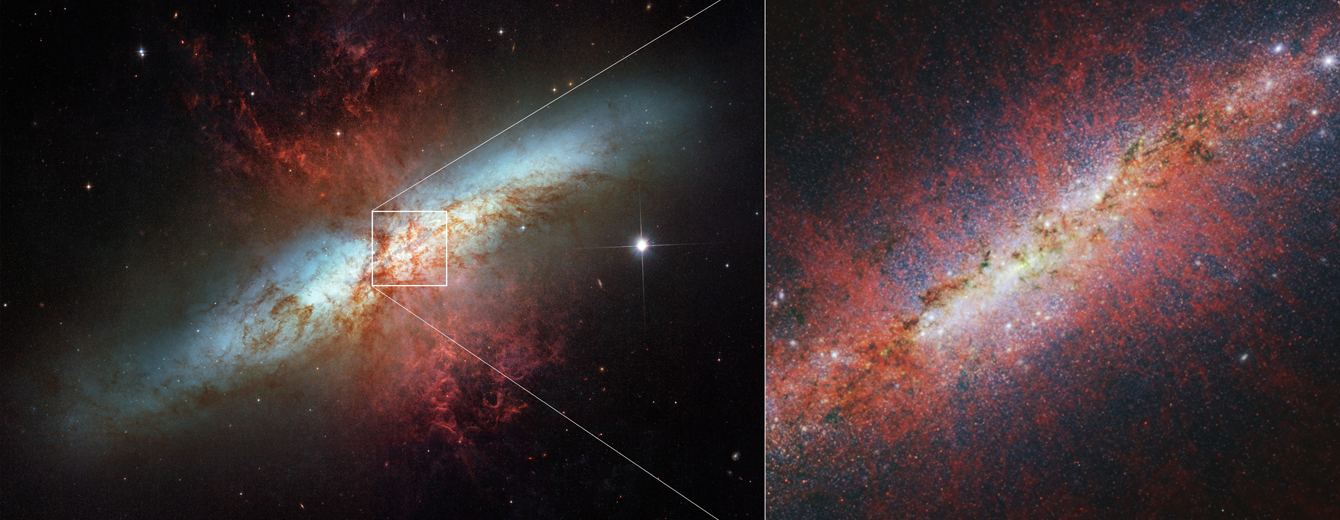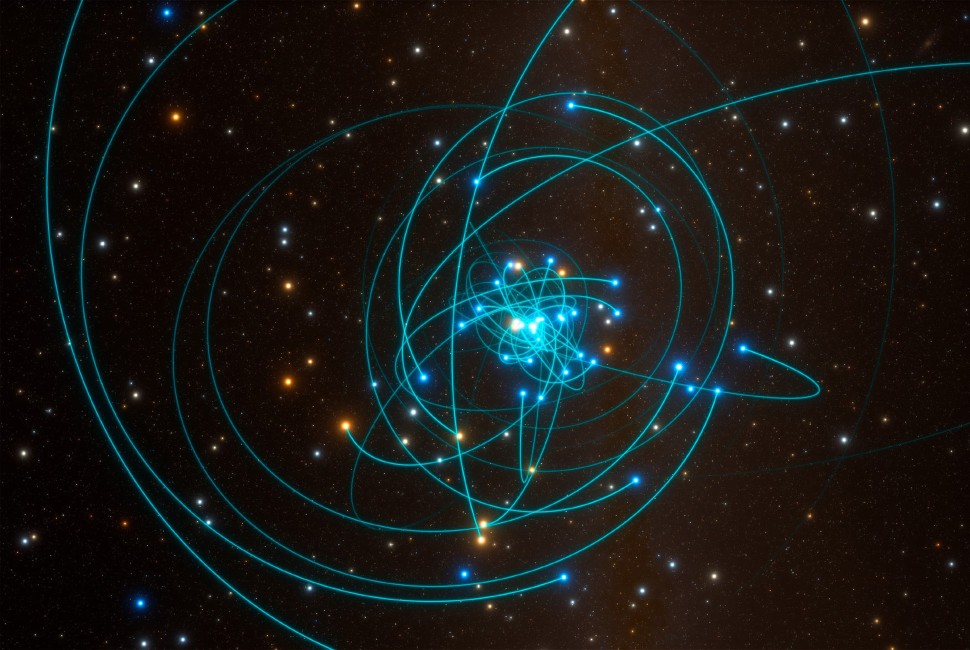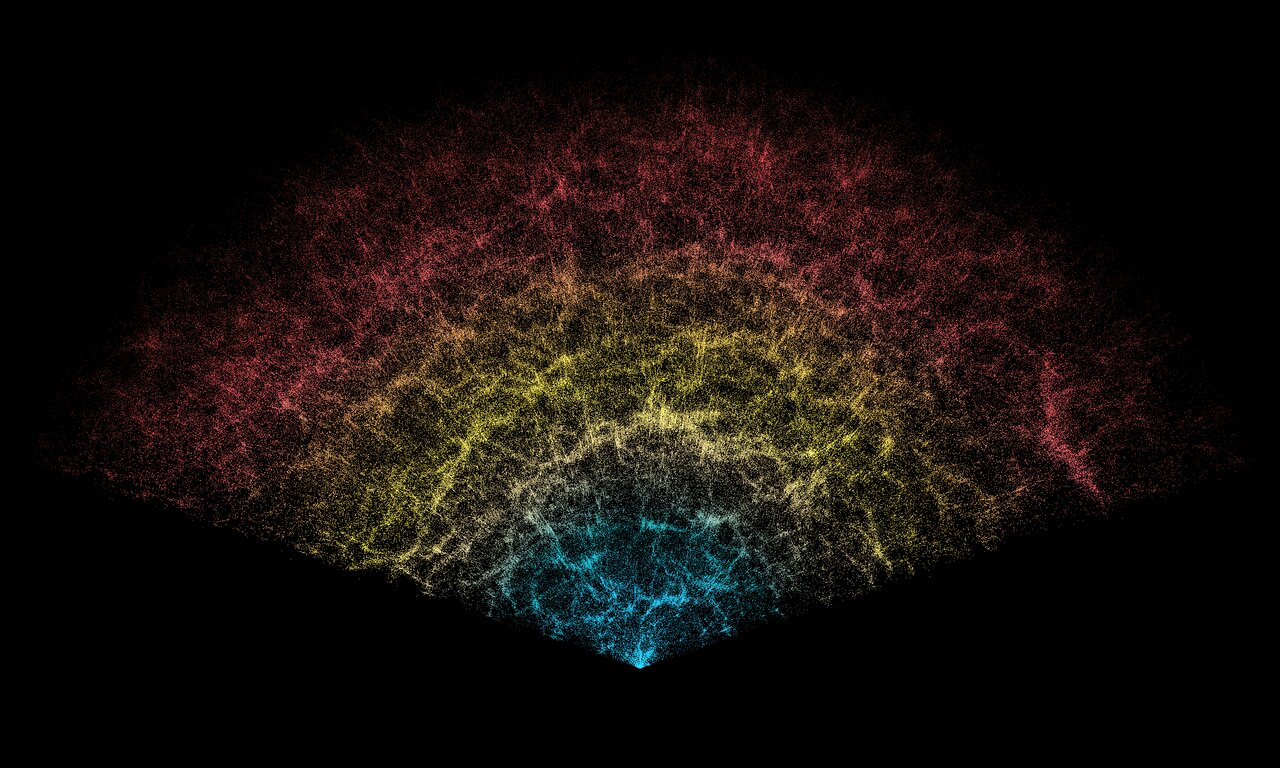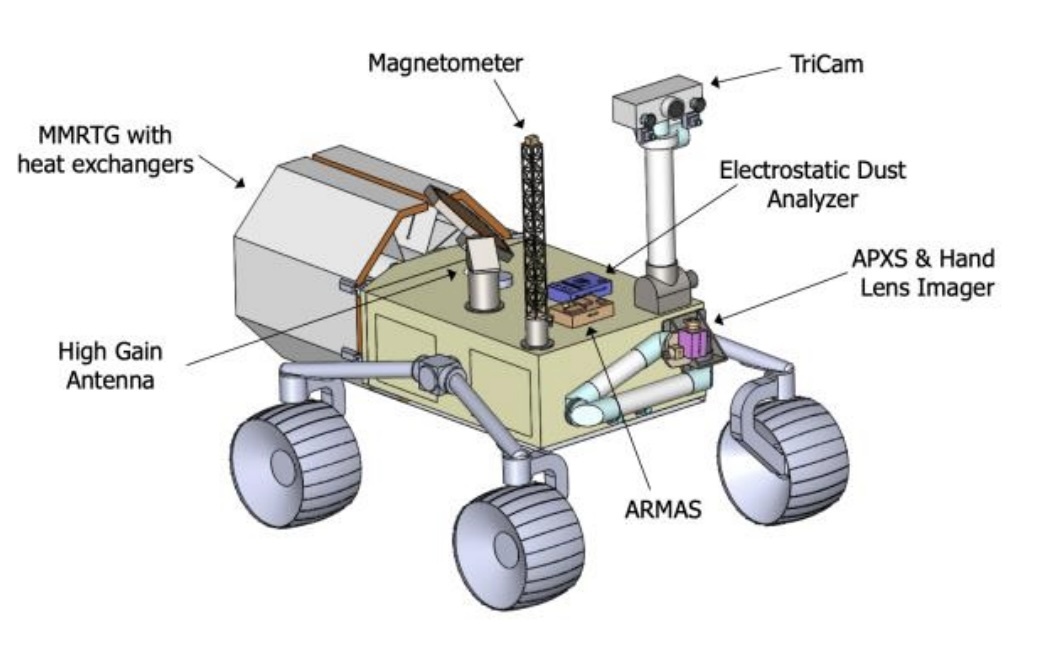The Vera C. Rubin Observatory, formerly the Large Synoptic Survey Telescope (LSST), was formally proposed in 2001 to create an astronomical facility that could conduct deep-sky surveys using the latest technology. This includes a wide-field reflecting telescope with an 8.4-meter (~27.5-foot) primary mirror that relies on a novel three-mirror design (the Simonyi Survey Telescope) and a 3.2-megapixel Charge-Coupled Device (CCD) imaging camera (the LSST Camera). Once complete, Rubin will perform a 10-year survey of the southern sky known as the Legacy Survey of Space and Time (LSST).
While construction on the observatory itself did not begin until 2015, work began on the telescope’s digital cameras and primary mirror much sooner (in 2004 and 2007, respectively). After two decades of work, scientists and engineers at the Department of Energy’s (DOE) SLAC National Accelerator Laboratory and their collaborators announced the completion of the LSST Camera – the largest digital camera ever constructed. Once mounted on the Simonyi Survey Telescope, this camera will help researchers observe our Universe in unprecedented detail.
Continue reading “The World's Largest Digital Camera is Complete. It Will Go Into the Vera Rubin Observatory”
